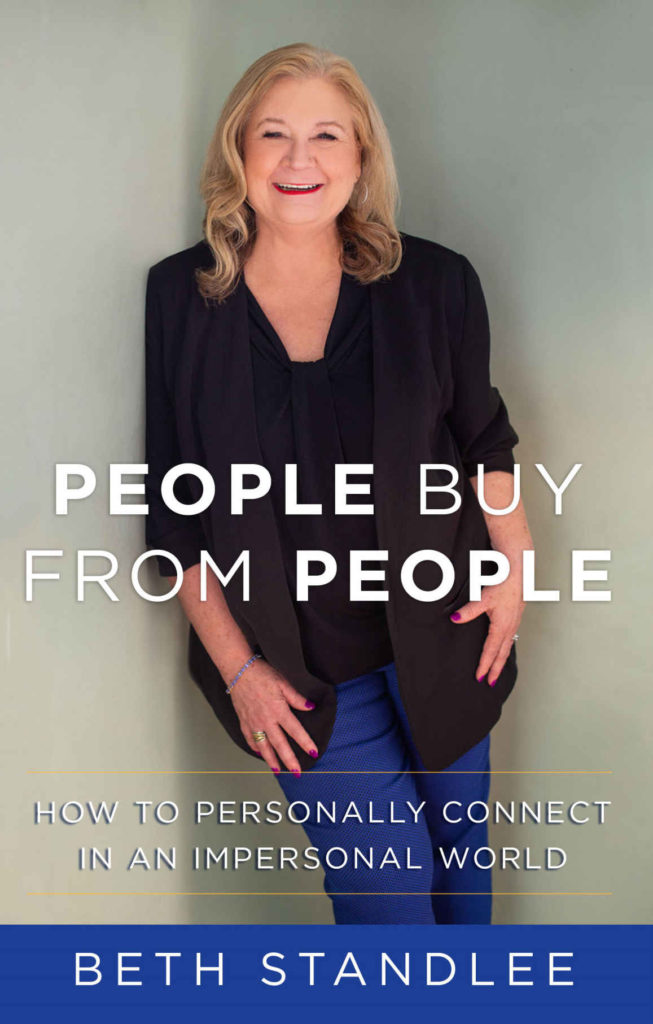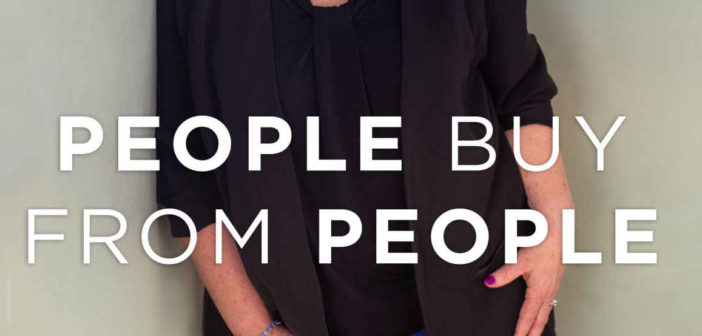An Excercise in Contrasts
Sometimes, Changing a Single Word Makes All the Difference

Beth Standlee
By Beth Standlee, CEO, TrainerTainment
H ow are you doing? How are you feeling? How is your business, your people, your guests? I feel certain if you are reading this article you are “surviving.” Out of curiosity, I looked up the word “survival.”
Survival: The state of fact of continuing to live or exist, typically, in spite of an accident. ordeal or difficult circumstance.
Got it. I understand completely. How about you? While continuing to live or exist is “a way” to be, is it enough? Maybe it is for right now. My concern is, are we falling into survival habits that might impede our ability to thrive?
Contrast the definitions…
Thrive: To grow or develop well or vigorously. To prosper. To flourish.
I don’t know about you but when I read the definition of what it is to thrive, I can breathe a little easier. I am more energized. My thoughts go more immediately to positive thinking rather than what feels more negative. Survival feels like “hanging on.” I don’t want to just hang on or get by. I want to flourish and prosper.
If I think about how to manage the contrast between thriving and surviving, I’m reminded of a three-step approach detailed in my book People Buy From People – How to Personally Connect in an Impersonal World. Maybe this can help you during this time where we are caught between survival and thriving. The following is an excerpt from the book:
Step 1: Notice the Belief and Recognize It.
Name it. Call it out. Acknowledge it exists. Do what Zig Ziglar recommends: “Discuss a fear and it disappears!” Here’s how that might look:
Sample Belief: “No one wants to talk to me.” When you say something out loud, you can begin to call it into question. Martin E.P. Seligman wrote a wonderful book called Learned Optimism: How to Change Your Mind and Your Life. If you’re locked into your own limiting beliefs, Seligman’s book is a must-read. It ignites the conversion of those beliefs into something that works for you rather than against you. There’s something magical about getting the negative thoughts out of your head. You can acknowledge them in the open. Often, when you articulate those beliefs, they don’t sound as daunting.
Step 2: Get Curious.
Ask yourself why you think no one wants to talk to you. You may answer in that all-or-nothing way and say, “No one ever picks up their phone.” Is that true all the time? I bet not.
A better question comes from my friend and mentor, Nancy Starr, who asks me over and over again when I’m stuck in my own limiting beliefs, “What else could be true?” Every time I give her an answer, she keeps drilling down, and sometimes she asks me this question four or five times in a row. By the end of the session, I’ve usually forgotten what the limiting belief was.
 When you limit your belief about what’s possible, it’s too easy to stay stuck in a paralyzed state. Stuck is a tough place to be. I picture being in quicksand up to my knees. Curiosity is better. When you’re curious, you’ll more easily find the secret recipe to move forward.
When you limit your belief about what’s possible, it’s too easy to stay stuck in a paralyzed state. Stuck is a tough place to be. I picture being in quicksand up to my knees. Curiosity is better. When you’re curious, you’ll more easily find the secret recipe to move forward.
If you examine the belief that “no one wants to talk to me” or “they never pick up their phone,” you might realize that the phone isn’t a good way to connect that day. So you ask, “What else could be true?” and discover that going to see someone in person is another option. When you ask the question again, you may decide to send a follow-up email. And then you get even more creative and check in through social media to see if you can catch the prospect’s attention. Curiosity leads to action, and the right kind of action can create results. Action moves you away from being stuck.
Step 3: Be Reasonable.
Examine whether that belief is something you would lay on someone else. Here’s what I mean. Let’s say you keep working on your list of prospects, but you never actually call any of them. I’ve seen salespeople work for weeks to get a good list of names together. Their limiting belief in this situation is, “I don’t know who to call on first. I have to get the list right before I can make that call.” If you were coaching someone, how would you react to this limiting belief, to their paralysis? My guess is you’d tell them to pick up the phone and call the first person on the list! You’d encourage them to do something, to take action.
Getting started may be the hardest step, but it’s essential. Education and mastery build confidence. Confidence erodes limiting beliefs. Limiting beliefs are usually rooted in fear and what-ifs that aren’t true now and will never be.
The benefit of calling into question your own limiting beliefs is that you can face the fears and facts that are holding you back. The negative beliefs lose their control when you have a system that says, “Wait a minute … What’s really going on here? Is this true all the time?” When limiting beliefs control us, we tend to catastrophize things — just like if you have a fender-bender, and your mind immediately jumps to, “I totaled my car,” when you actually only bumped the guy in front of you.
If you want a very clear system to question your beliefs in a quick and beautiful way, check out Byron Katie’s book, Loving What Is: Four Questions That Can Change Your Life. I don’t know anyone who’s more committed to helping people live more fully by eliminating the thoughts that hold them back.
I encourage you to take action now. List all the beliefs you hang on to, the ones that you know hold you back. No one else is going to read your list, so be thorough. Make the list, acknowledge the belief, write down why you think the belief is there, and then get very curious about that belief. I encourage you to ask yourself the question, “What else could be true?” at least three times for each limiting belief.
I understand that survival is the order of the day today. And, I want to be sure I’m also working on thriving so the need to question the scary stuff is also very important. I hope you’ll spend some time thinking about the ways you are thriving right now and make sure you keep pushing forward for tomorrow.
Beth is the CEO of TrainerTainment LLC, a training company devoted to the family entertainment and hospitality industries. Beth and her team are focused on helping the companies they serve to make more money through sales, guest service, leadership and social media marketing training. Training products and services are delivered in person, through books and DVDs, and virtually with e-learning courses, webinar development and 24/7 online access. Visit her company’s website at www.trainertainment.com.




